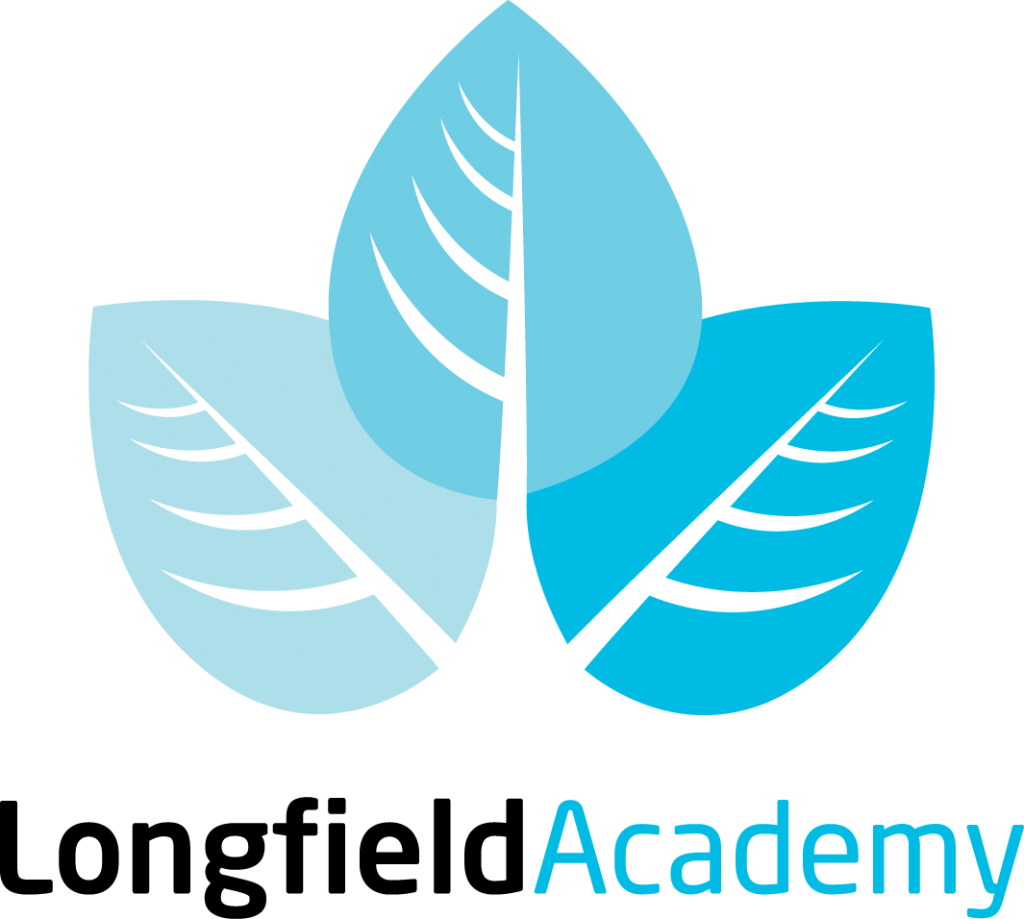Are you looking for the Longfield Academy Careers Programme? Please click here.
As you move into KS4, you will have to make some important decisions about the next steps in your life. All young people are required to remain in some kind of education or training until they turn 18 (more information about this can be found here).
Some things you may want to consider when looking at the options and possible future decisions:
- What are your strengths and areas for improvement?
- What do you enjoy?
- What are your expected grades?
- Are these grades realistic?
- Do you have a career idea in mind?
- Are you considering university in the future?
Remember that it really does help to speak with teachers and parents / carers about your aspirations and goals. These are big choices to make, and sometimes talking them over can really help to add some clarity.
What comes after Year 11?
When you finish Year 11, there are a number of different routes which you can choose to pursue. This period of your life is called “Post-16”. The route you take depends mostly upon what your future career or job aspirations are. Everyone’s journey will be different, but below you will find the most common routes taken at Post-16:
Most secondary schools have a 6th Form which will offer a range of courses. These might include A-Levels, but most now also have a range of vocational options such as BTECs. T-Level qualifications are soon to be released also. Schools will set entry requirements; for example you might need to get a certain number of GCSEs or achieve a certain grade in a specific subject. You can find out more about the entry requirements for a school by looking on their website, or visiting one of their open evenings. For more detail on the types of qualifications you could take, visit this government website, speak to your form tutor or careers advisor.
Colleges are slightly different to schools. Colleges often have a range of A-Level and BTEC subjects, but they tend to offer a wider range of courses in more specialised areas (for example hairdressing or trades) which schools do not normally have the facilities to offer. Much like schools, colleges may set entry requirements. You can find out more about the entry requirements for a college by looking on their website, or visiting one of their open evenings. For more detail on the types of qualifications you could take, visit this government website, speak to your form tutor or careers advisor.
Apprenticeships combine practical on-the-job skills training with off-the-job learning. You’ll get training that is relevant to your job and be paid a salary. Apprenticeships typically are 80% work and 20% training, normally provided by a college or training centre. Click here to find out more about apprenticeships.
The government website, Get the Jump, can help you to explore all of the options which are available to you.
Always consider a backup plan! You have the opportunity of applying to more than one Post-16 scheme of learning. For example: if applying for an apprenticeship, you should apply to college / school as a backup. If you are applying for a Level 3 course either at college or in Sixth Form, also look into the Level 2 courses if you are at risk of not achieving the entry grades. For more detail on the types of qualifications you could take, visit this government website, speak to your form tutor or careers advisor.


